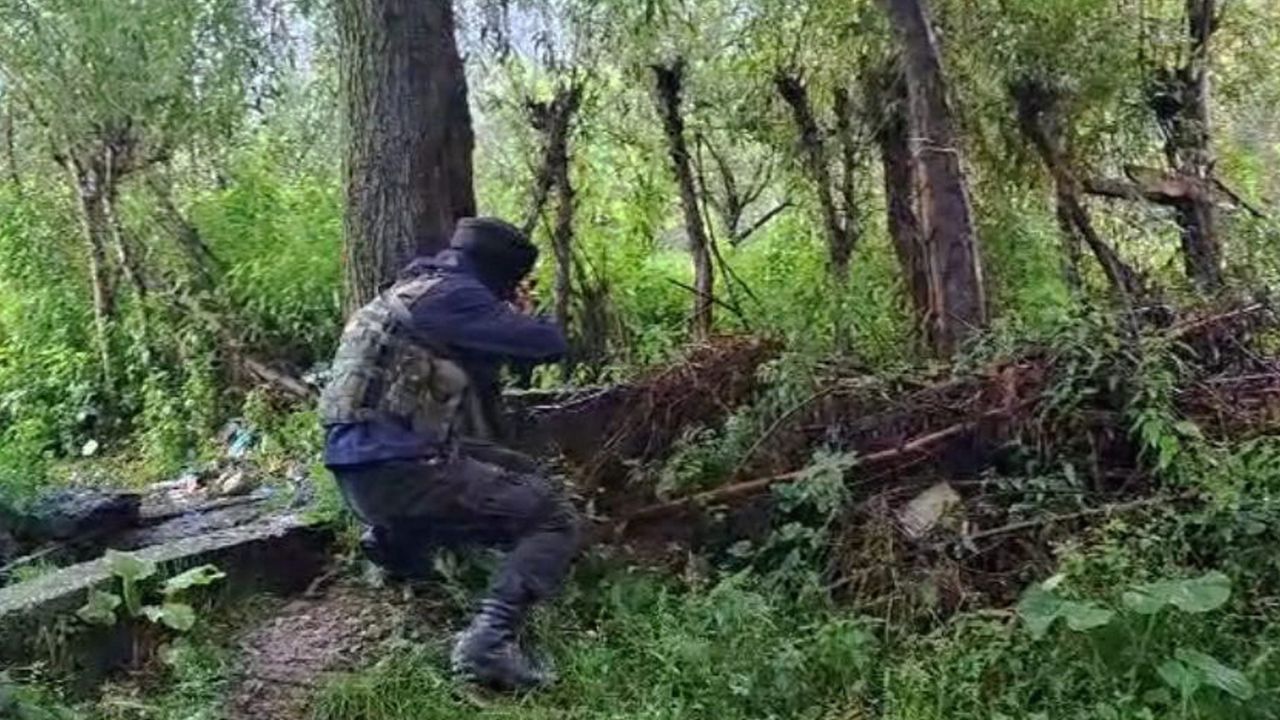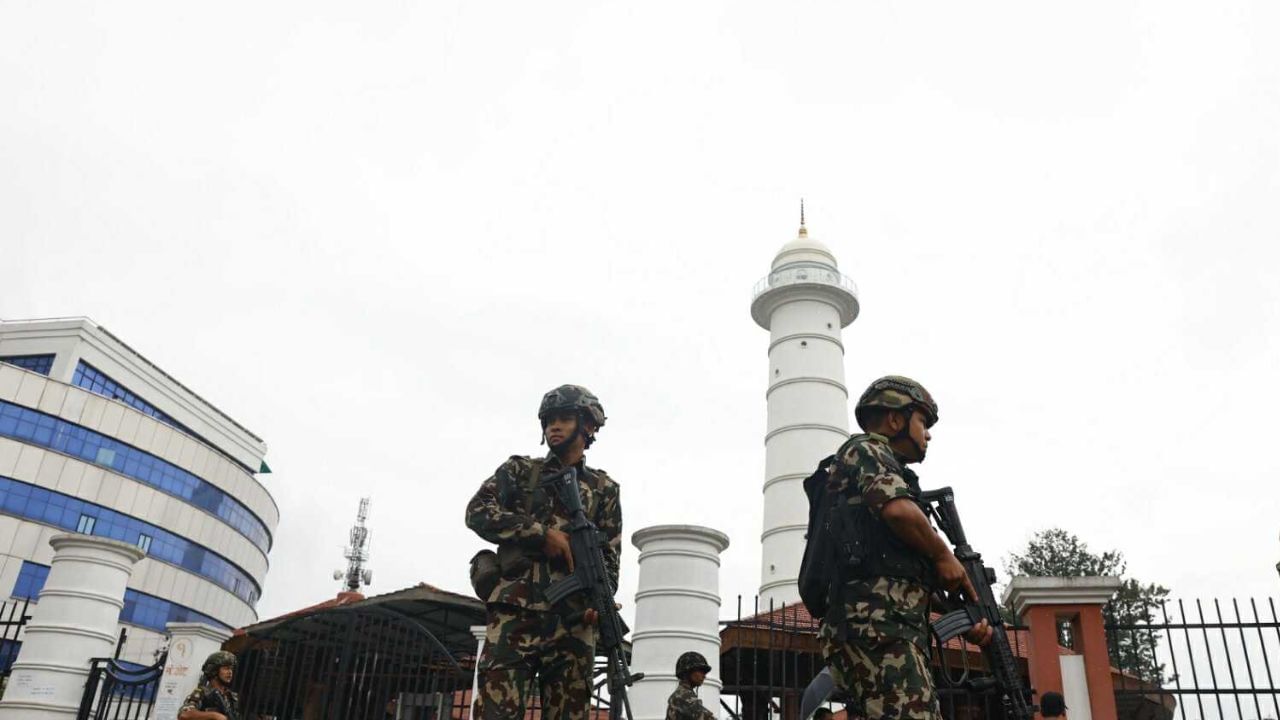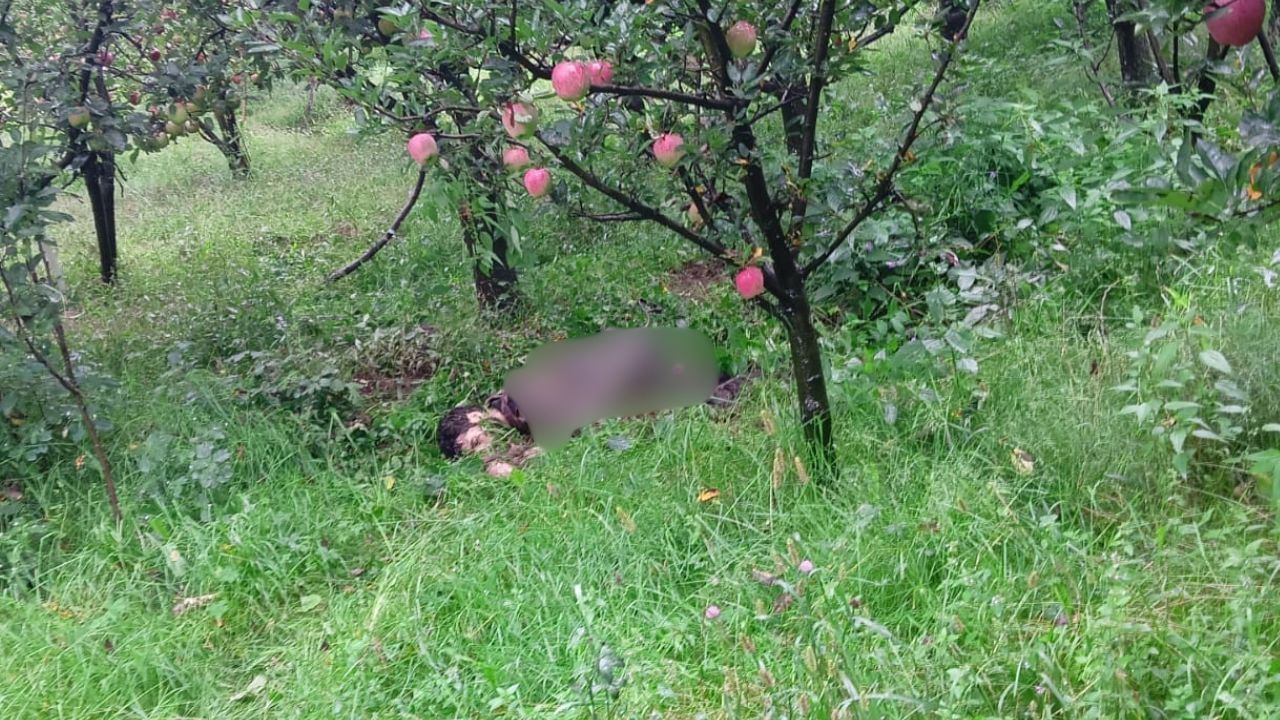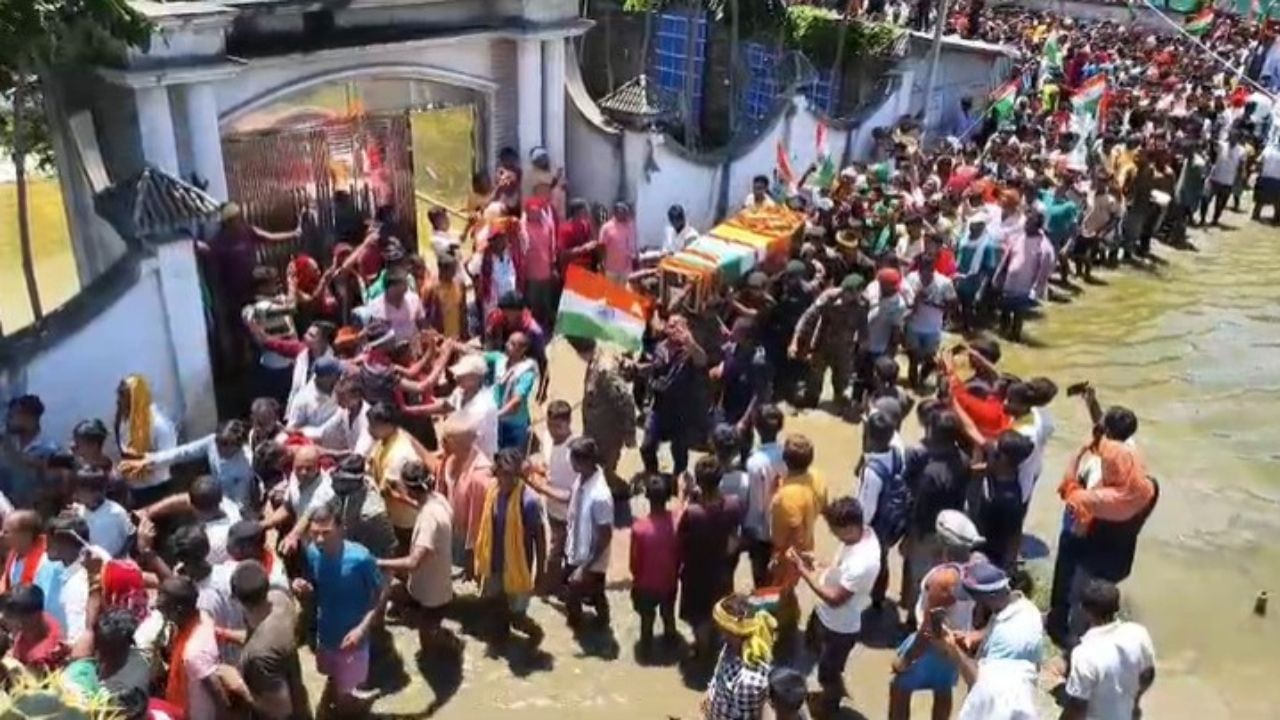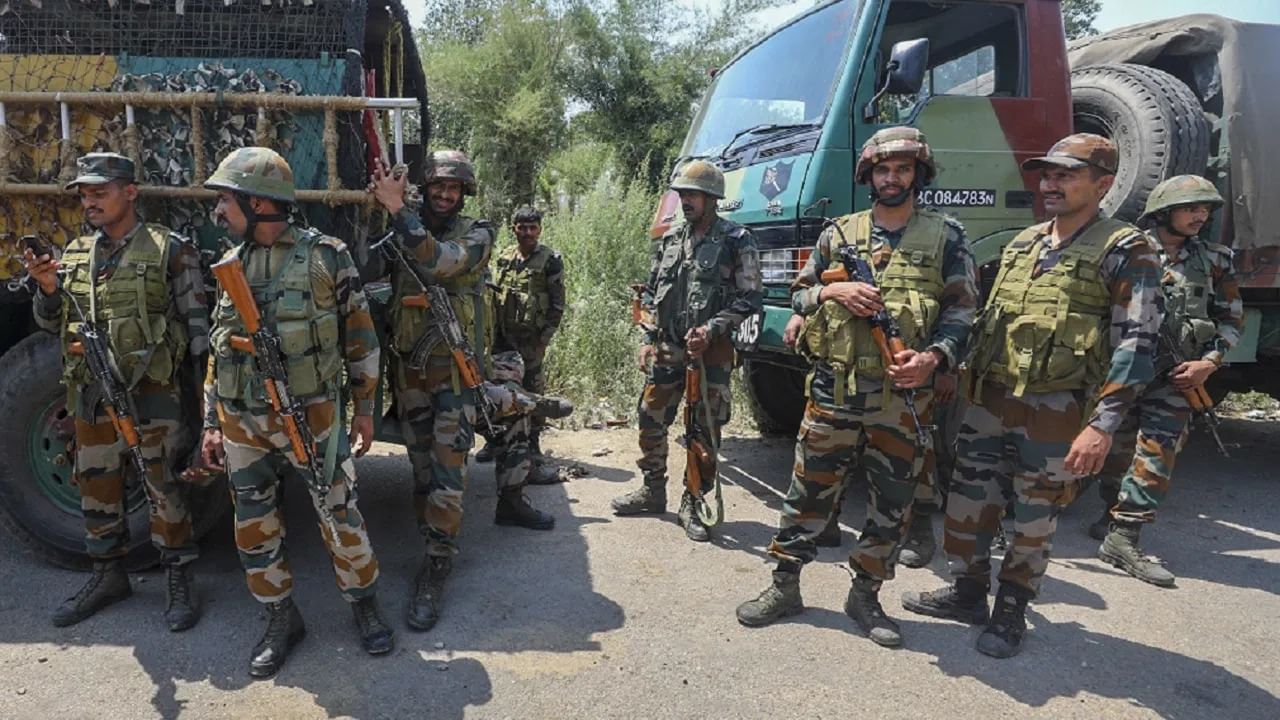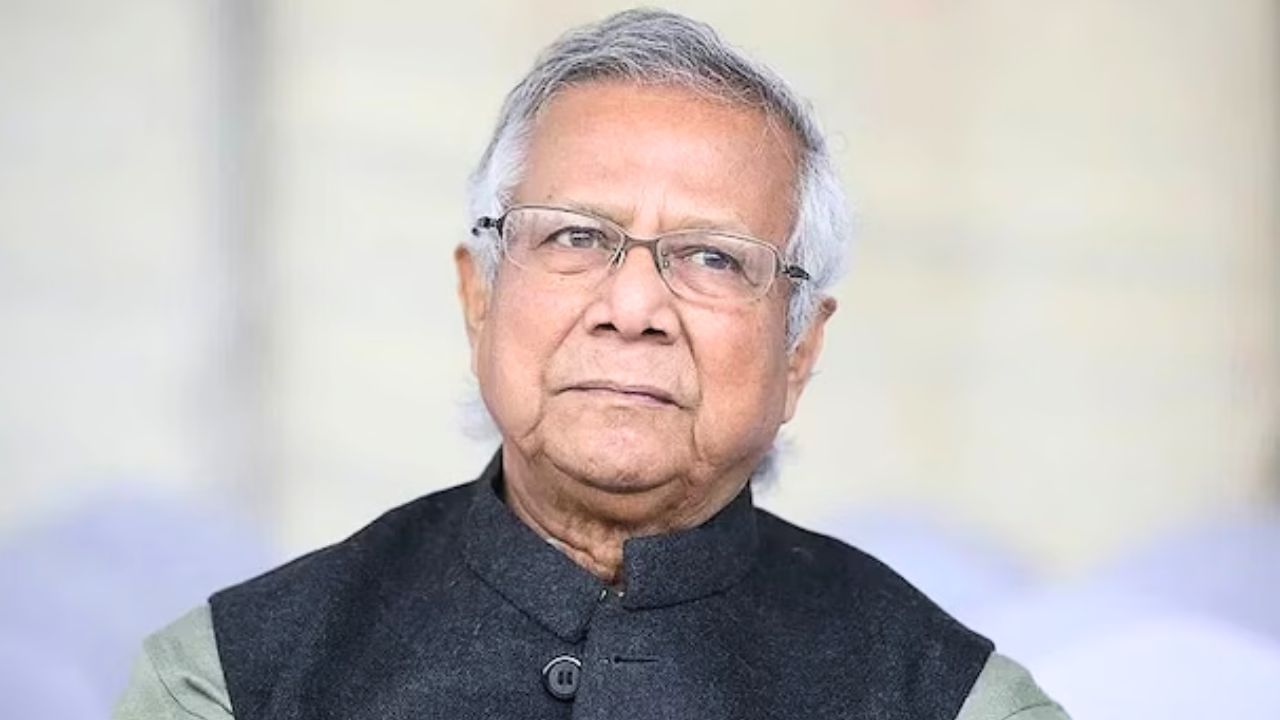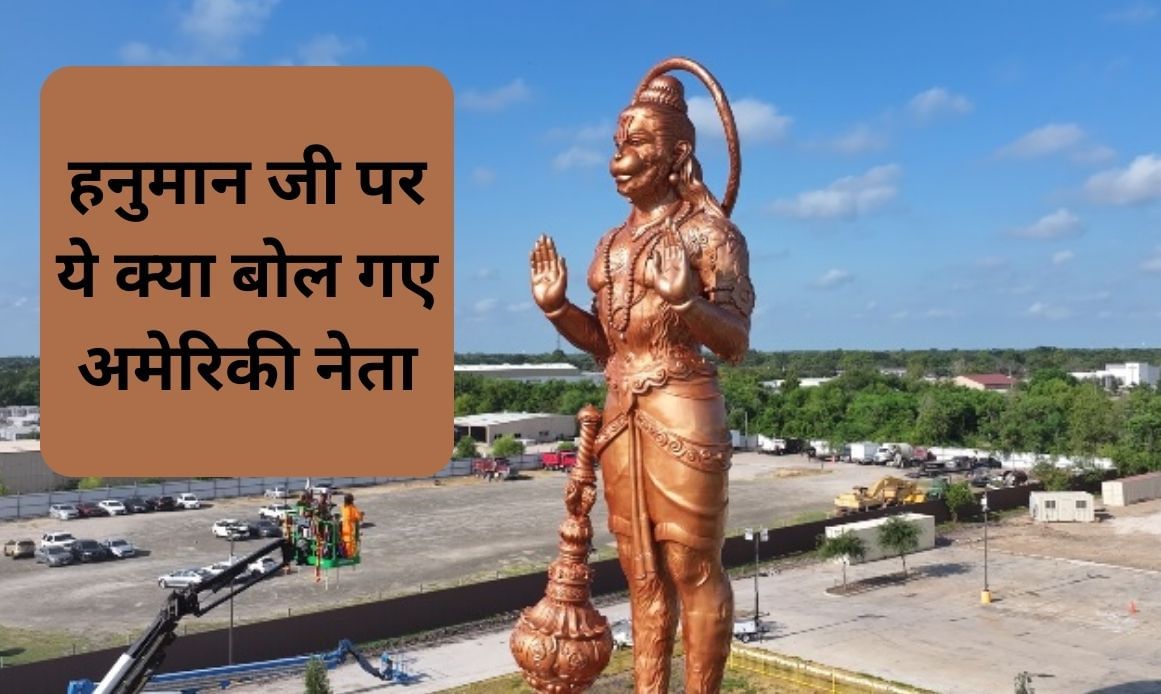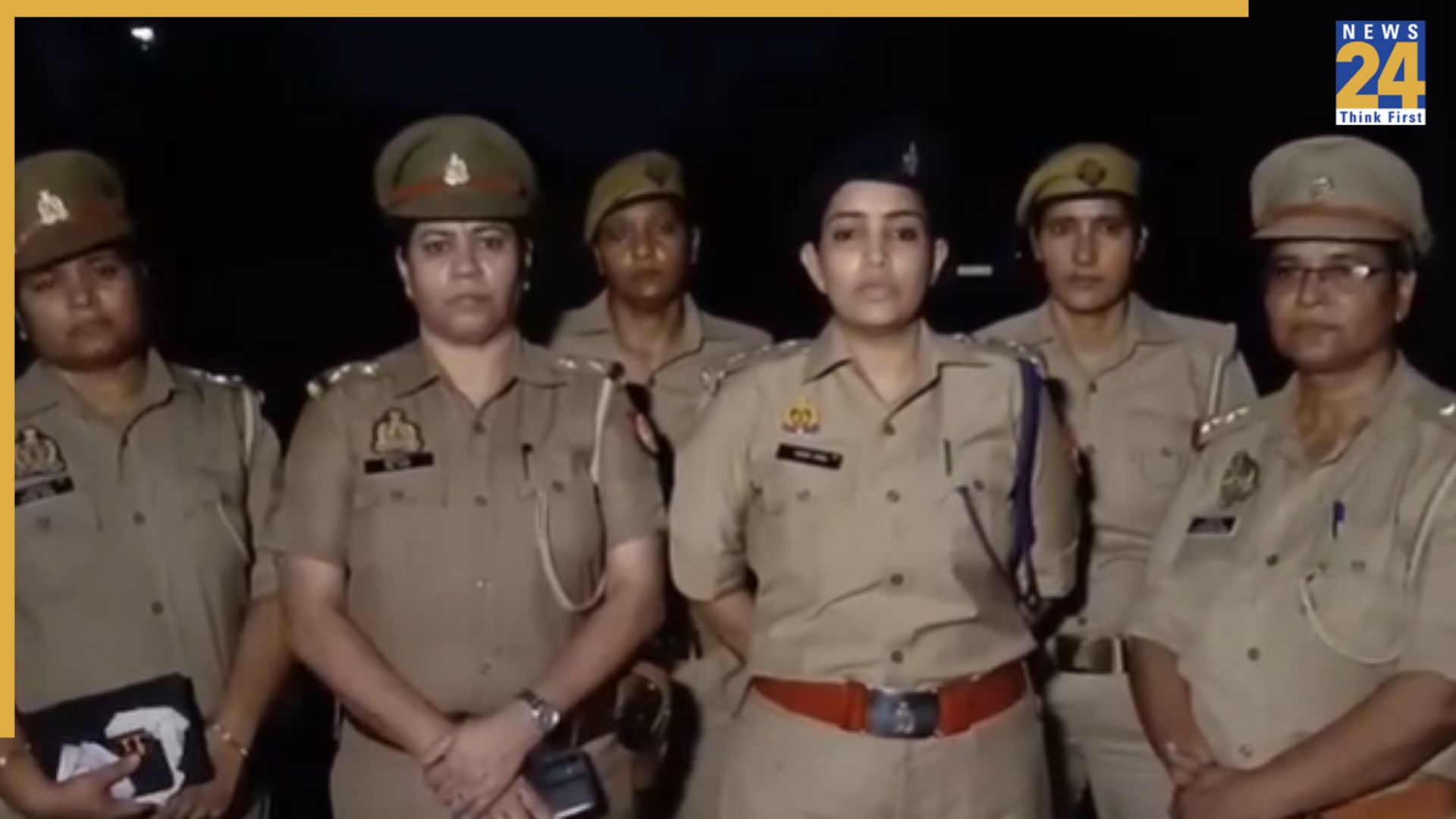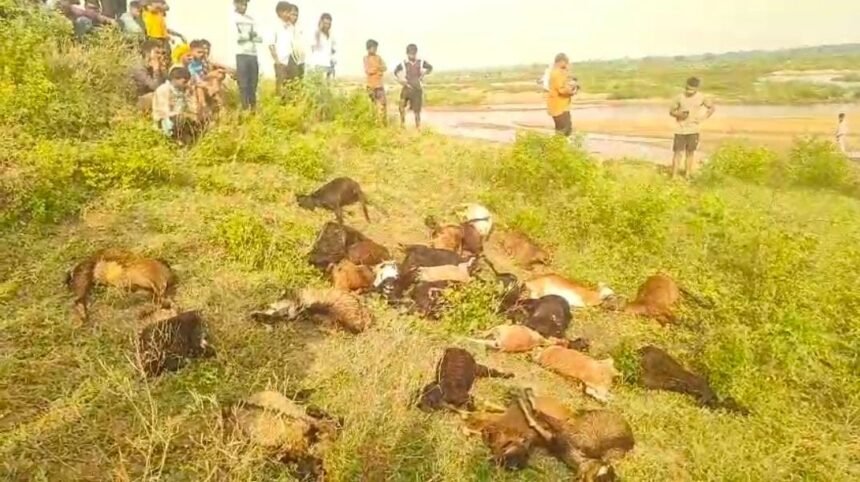Subscribe to Updates
Get the latest creative news from FooBar about art, design and business.
Browsing: Army
Operations to eliminate terrorism in Jammu and Kashmir have been intensified. As a result, a search operation was launched in Kulgam on…
Security forces successfully thwarted an infiltration attempt on the Line of Control (LoC) in the Gurez sector of Jammu and Kashmir’s Bandipora…
In the Rangra village of the Naugachia subdivision in Bihar’s Bhagalpur district, grief engulfed the community as the mortal remains of soldier…
Security agencies across the country are on high alert in anticipation of Independence Day. Simultaneously, adversaries are making concerted efforts to breach…
General elections are scheduled to take place in Bangladesh next February. This announcement was recently made by Professor Mohammad Yunus, the head…
A severe landslide occurred in Dharali, Uttarkashi, Uttarakhand, following a cloudburst. Rescue and relief operations commenced immediately after the incident. Chief Minister…
The wait is almost over, ARMY! Following the completion of their mandatory military service, the globally renowned K-pop group BTS has announced…
General Upendra Dwivedi, the Chief of Army Staff, conducted a thorough review of the security situation in the Kashmir Valley. This evaluation…
J-Hope of BTS Set to Perform on SBS Inkigayo
BTS’s J-Hope is scheduled to grace the stage of SBS Inkigayo this Sunday, June 22, 2025, at 3:15 PM KST. This appearance…
K-pop sensation BTS is gearing up for a highly anticipated reunion as members complete their mandatory military service. The group will reconnect…
K-pop sensation BTS is gearing up for a reunion as the members complete their mandatory military service. The band is set to…
The globally celebrated K-pop group, BTS, is preparing for a highly anticipated reunion as members complete their mandatory military service. In celebration…
K-pop sensation BTS is gearing up for their reunion, with all members soon completing their mandatory military service. In anticipation, the group…
As BTS members complete their military service, the group prepares to reconnect with fans through their annual FESTA celebrations. BIGHIT MUSIC announced…
K-pop sensation BTS is preparing to reunite with ARMYs through their annual FESTA celebrations. BIGHIT MUSIC, the group’s agency under HYBE, has…
K-pop sensation BTS is gearing up for a reunion as members complete their mandatory military service. The group will reconnect with ARMYs…


